Your students might be a bit young to do the calculations associated with these numbers, but they can still do ‘fieldwork’ to find examples.
It is relatively easy to teach kids how to calculate the Fibonacci sequence as it is a continuing series of numbers where you calculate the next in the series by adding the previous two starting at 1 (1,1,2,3,5,8,13,21 etc.). Depending on the age of your kids they should be able to calculate the sequence to a high enough value to go flower hunting. On average, the number of petals on a flower will correspond to a number in the Fibonacci series.
Once you’ve taught your kids how to calculate the sequence they can go and collect data on the flowers around them. If they are old enough, you can also show them how to plot the Fibonacci numbers onto a graph and then compare the spirals created with the spirals in pinecones or sunflowers.
The golden ratio or golden mean was initially explored to explain the spiral pattern of shells. Ancient mathematicians realised that most shells had spirals that conformed to a specific ratio. This spiral also appears in some snail shells, goat horns, and spiders’ webs. The math behind the golden ratio isn’t as simple as Fibonacci, but it can still be fun to show your kids examples of the spiral in nature.
We think of nature as wild but mathematical patterns show up all over the place, and it can be fun to teach kids about why and how these things happen.
All free resources are updated fortnightly. If this freebie is not available visit HERE to grab the latest free resource on us!
Never miss a classroom activity we create. All activities have been added to the Lizard Learning Club PLUS Membership.
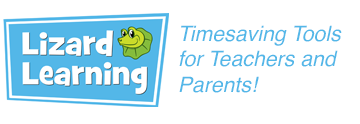
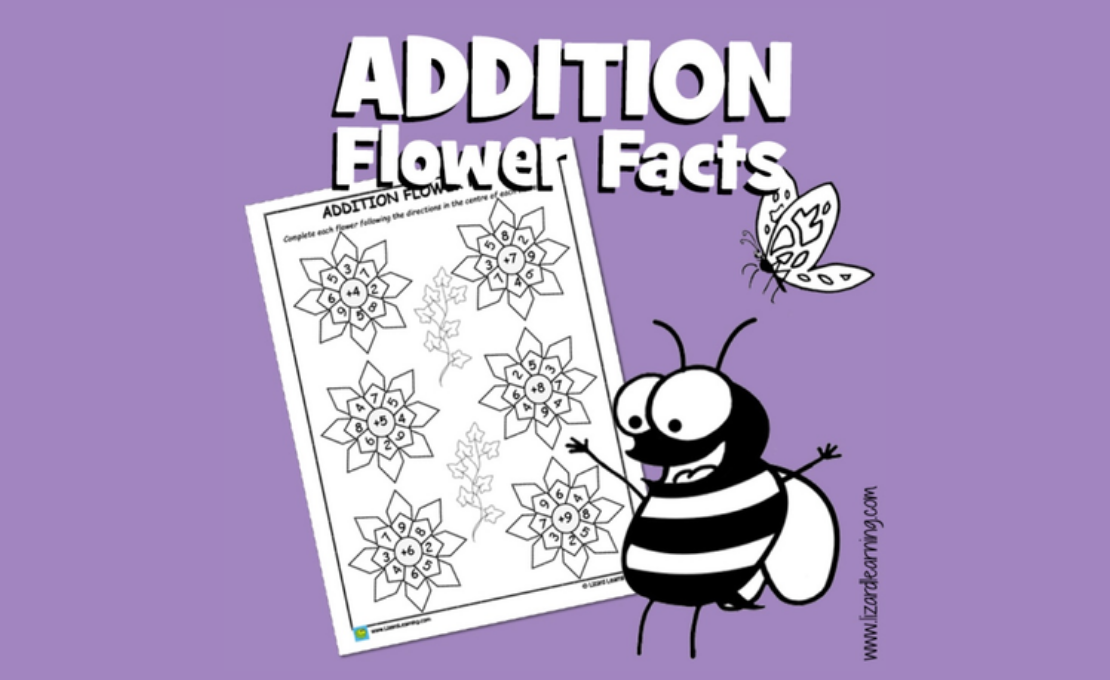
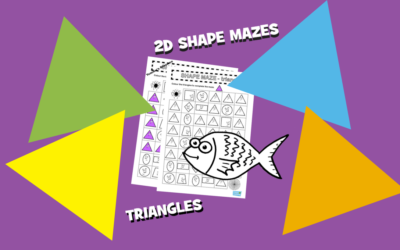
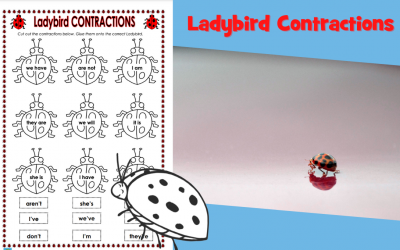
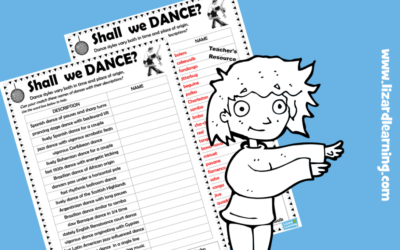
0 Comments